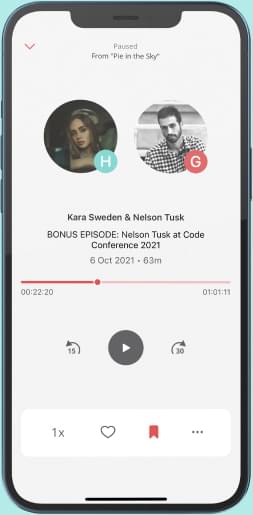
Whooping cough, also known as pertussis, is a highly contagious respiratory infection caused by the bacteria Bordetella pertussis. It's characterized by severe, persistent coughing fits, often ending with a high-pitched "whoop" sound. The disease can be very serious, especially for infants, and is preventable through vaccination. Whooping cough is an illness that can spread easily. It's also called pertussis. An infection with bacteria causes it. Many people with the illness get a serious hacking cough. Breathing in after coughing often causes a high-pitched noise that sounds like a "whoop." Before the vaccine for pertussis came out, whooping cough was thought of as a childhood disease. Today, whooping cough mainly affects children too young to have gotten all their shots of the vaccine. The illness also tends to affect teenagers and adults whose protection from the vaccine has faded. Deaths linked with whooping cough are rare. Most often, they occur in infants. But pregnant people can help protect their babies by getting a booster shot of the vaccine during pregnancy. Vaccination also is recommended for other people who will have close contact with an infant. Once you become infected with whooping cough, it takes about 5 to 10 days for symptoms to start. Sometimes it takes up to three weeks. The symptoms often are mild at first. They may seem like those of a common cold. They can include: Runny or stuffy nose. Red, watery eyes. Fever. Cough. After a week or two, the symptoms become worse. Thick mucus builds up inside the airways. This causes rapid coughing that can't be controlled. The cough can last for weeks or months, and it may be worse at night. Intense coughing attacks may cause: Vomiting. A red or blue face. Extreme tiredness. A high-pitched "whoop" sound during the next breath of air. People with mild illnesses often don't make the whooping sound. Sometimes, an ongoing hacking cough is the only symptom of whooping cough in teens and adults. Many babies with the illness don't cough at all. Some babies and young children might. Gag or struggle to breathe. Have skin, lips or nails that turn blue or purple. Have life-threatening pauses in breathing called apnea. (credits)
From "PodcastDX"


Comments
Add comment Feedback